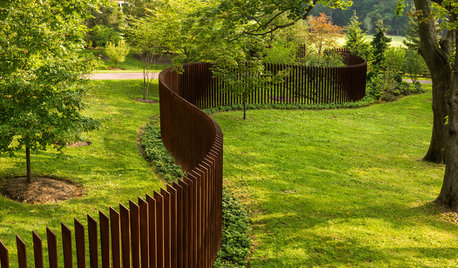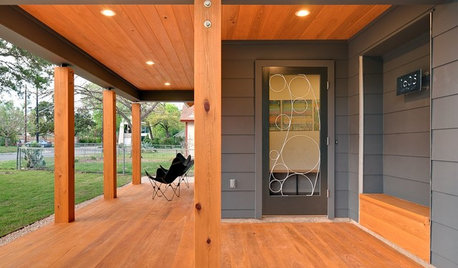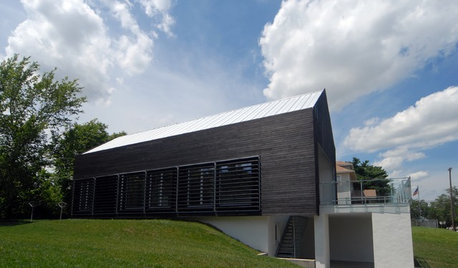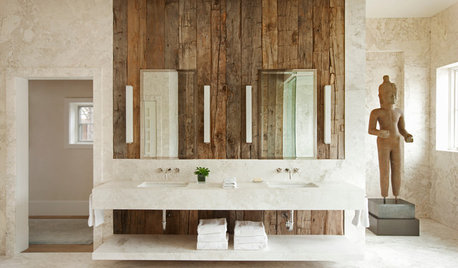Leyland cypress or alternative
paulaclk
16 years ago
Related Stories

LANDSCAPE DESIGNBoxwood Alternatives Bring the Chelsea Flower Show to You
Don’t let box blight limit your plans to borrow garden design ideas from the renowned British event
Full Story
LANDSCAPE DESIGN15 Great Ideas for a Lawn-Free Yard
End the turf war for good with hardscaping, native grasses and ground covers that save water and are easier to maintain
Full Story
LANDSCAPE DESIGNGet Along With Less Lawn — Ideas to Save Water and Effort
Ditch the mower and lower your water bill while creating a feast for the eyes with diverse plantings and gathering places
Full Story
FENCES AND GATES12 Delightfully Different Garden Walls and Fences
If pickets seem picked over and you shrink from chain link, try these full-of-personality fencing alternatives
Full Story
ACCESSORIESWhy You Should Forget About the Usual Coffee Table
Think in smaller multiples for a stylish and functional alternative to that monster table in the middle of the room
Full Story
HOUZZ TOURSHouzz Tour: Artful and Efficient in Austin
Visit a home that glows with local materials, thoughtful design, heritage trees and Moontowers
Full Story
REMODELING GUIDES'Yakisugi-ita' Is Setting the Siding World on Fire
Exterior wood siding created by a Japanese burning technique is now alighting in the Western world
Full Story
DECORATING GUIDESHow to Bring the Beauty of Reclaimed Wood to the Bath
Beautiful salvaged wood adds warmth and texture to a bathroom. Here's how to get the look right
Full Story
GARDENING GUIDESNew Ways to Think About All That Mulch in the Garden
Before you go making a mountain out of a mulch hill, learn the facts about what your plants and soil really want
Full Story







Dibbit
quirkyquercus
Related Professionals
Simpsonville Landscape Architects & Landscape Designers · Bainbridge Island Landscape Contractors · Belvedere Park Landscape Contractors · Byram Landscape Contractors · Fishers Landscape Contractors · Hurricane Landscape Contractors · North Plainfield Landscape Contractors · Rio Linda Landscape Contractors · The Villages Landscape Contractors · Crowley Landscape Contractors · Wilmington Siding & Exteriors · Bellingham Decks, Patios & Outdoor Enclosures · Del City Decks, Patios & Outdoor Enclosures · La Palma Decks, Patios & Outdoor Enclosures · Port Saint Lucie Decks, Patios & Outdoor EnclosuresIris GW
scotjute Z8